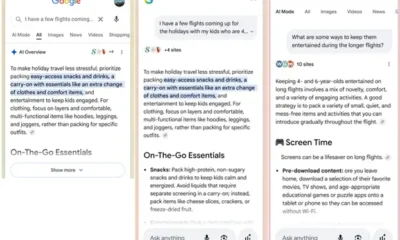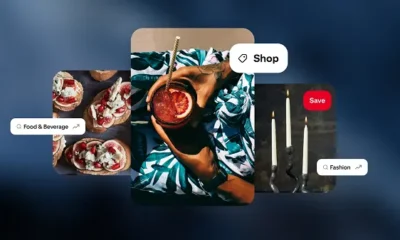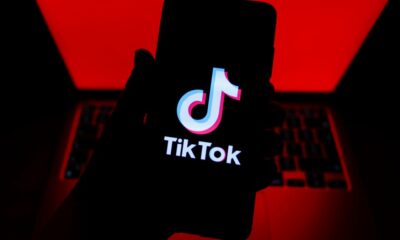SOCIAL
Op-Ed: Is social media dead, just stagnant, or diluting itself?
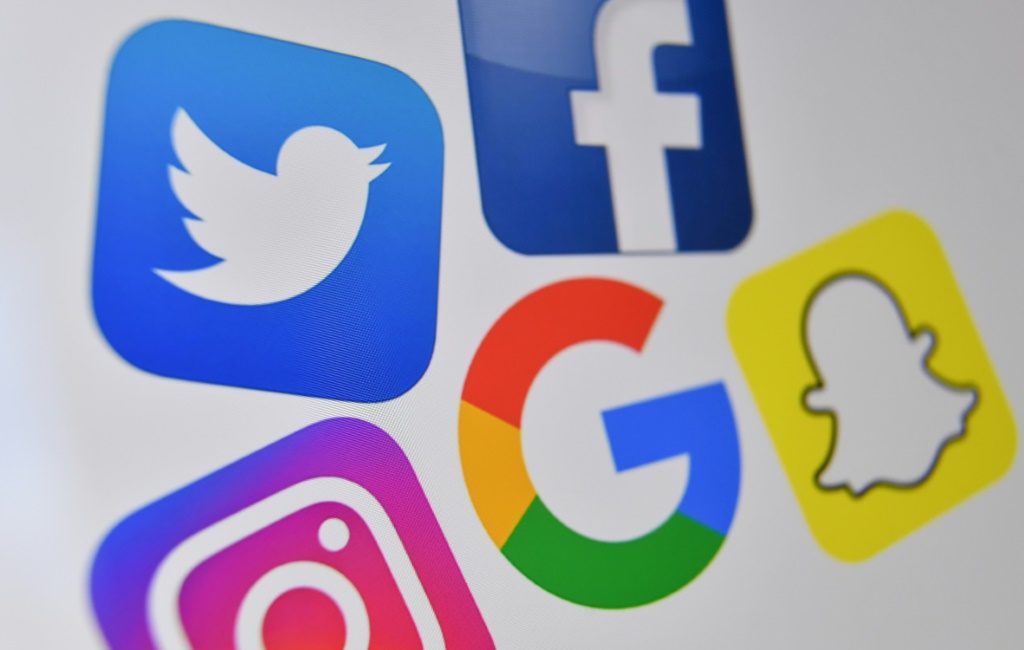
Social media. — © AFP/File Denis Charlet
The expression “social media” really needs some panel beating. You can’t socialize with a bot or a highly-paid nutcase. You can’t call it media if it’s full of fake product reviews. It’s gone from being the greatest thing in marketing to a grudging “meh” if you can be bothered. Just read the mix of average daily news on it. Not exactly inspiring.
It used to be the defining tool for online marketing, advertising, and real-time stats. Now it’s just more numbers for the good old fact laundry. The marketing people who know how to analyze have probably given up in despair. The savvy numbers guys may or may not have been able to stand corporate illiteracy any longer. Their stuff gets turned into meeting fodder, the great numbers nobody can read.
What’s actually happening? Not a lot, obviously. Musk or no Musk, social media churns on regardless. It might actually be social for all anyone knows or cares. It might even be media. It is, undeniably a gruesomely limited range of options for people who just want to share and chat.
There’s Tik Tok. There’s Instagrim or Instaglum, depending on whoever or whatever. There’s OnlyFans. There’s paint drying and grass growing if you have the patience to look. Most people don’t. The easiest behavior is the one that’s the least annoying in social media. The hype only exists until you click elsewhere. How many viral posts, influencers, and other cybergunk can you remember?

Put it another way – Social media is a big-money global sector determined to shoot itself in the foot at every opportunity. Given unbelievable amounts of DIY content, this sector has managed to achieve total apathy.
How did this happen, you inquire, from under your duplex mushroom? Well, O Fortunate Starry-Eyed Demographic, make a nest on these heavily padded numbers and I’ll explain.
Social media began fittingly with a massive hype of itself. It was the internet dream come true, connecting the world. People from all over the world could talk to each other. Twitter became the default news feed, sneaking in while Reddit wasn’t looking. Facebook was, and still is provided you’re patient, actually social.
All this clicked well with online marketing. “Duh… Hey look, thar be they people-critters!” they shrieked, and deluged social media with all that invaluable much-loved garbage. Coincidentally, this was the time when basic web design went out the window and cluttered, useless webpages became compulsory.

…Until about 2015, this was “marketing.” Nobody could argue with your figures. Anything on social media was a great marketing move. …Unless you employed a real analyst. No need to send your kids on baskets of reeds down the river anymore. You and your gold tablets of data were irrefutable.
There was a turning point, of course. It took about 20 years, but politics and its associated dazzling intellects discovered social media. So did the money spinners. The net result was a wave of foaming facile fecal festivity costing billions.
Somebody decided they knew how to game social media, and for a while, they did. Whatever you care to say about Trump’s highly debatable existence, he was part of this. The fake faucets were turned on full blast, trying to drown reality. Cambridge Analytica may have been the last word in pseudo-marketing, but it worked.

QAnon was the sniveling deformed offspring of social media. Quasimodem incarnate. The whole useless culture was based on social media. You could vote for a bot, argue with a bot, or be a bot. All you really needed were idiots, and there was a supply handy.
The Great Crack Pipe of Truth didn’t last too long, of course. It was only a moneymaking exercise. It was the definitive “Hyuck”, as the financial media reported accurately for a change. In the massive social hangover that followed, the fun went out of social media for quite a while.
…All of which brings us to the current static state of social media. Things are happening, mutedly.
Facebook is looking a bit soft, but actually pretty near its average. Threads is as much a reflection of dissatisfaction as it is of the need for actual life in social media. The Just One Platform thing simply doesn’t work. Threads is necessary.
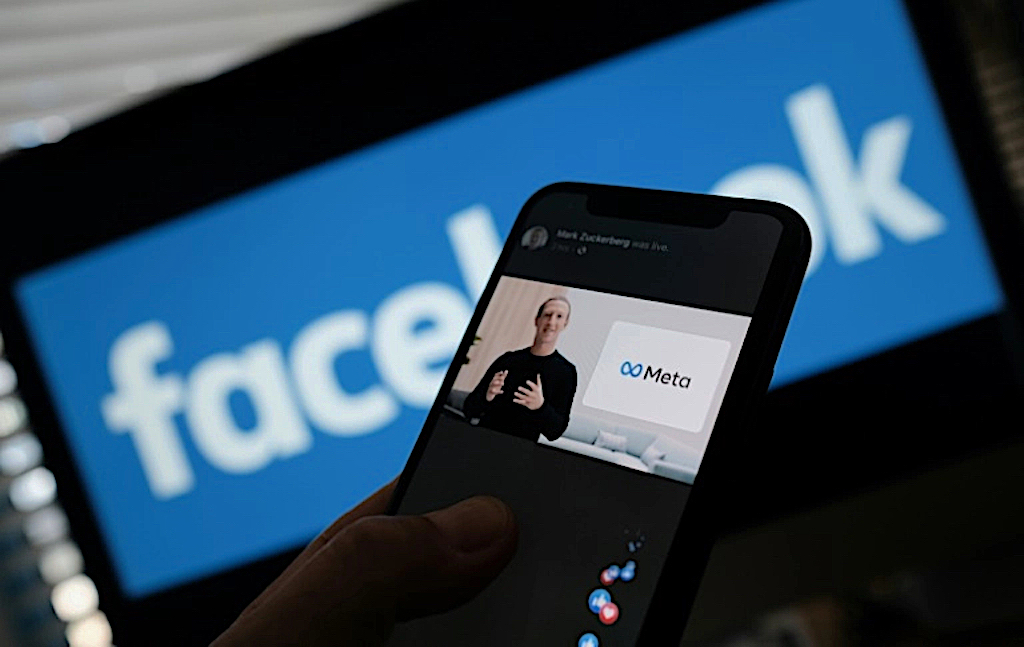
Twitter remains in an uneasy balancing act with itself. Musk wasn’t and isn’t really a “media guy”. He doesn’t have the background. He’s a finance guy who went tech. He’s not so much out of his depth as out of his element.
LinkedIn continues to be a social niche market for businesses. It’s a basic model, which is why it works.
There’s still and always Reddit. Thankfully, the internet’s sandblasting front page is at least trustworthy for being its high-friction self.
The issue remains – Is this market evolving, or simply segmenting? If it’s evolving, it’s taking its own sweet time. If it’s segmenting, it’s long overdue. The dynamics of online marketing need spaces, not vacuums.
There’s another issue here. The word is “Necrosis”. When media goes stale, it rots away and dies like hopelessly outdated business models and long-lost revenue. I don’t know how much debt there is in social media, but I’d be in no great hurry to find out. That could be a problem.
_______________________________________________________
Disclaimer
The opinions expressed in this Op-Ed are those of the author. They do not purport to reflect the opinions or views of the Digital Journal or its members.



